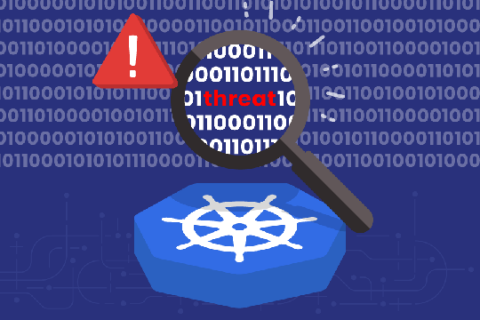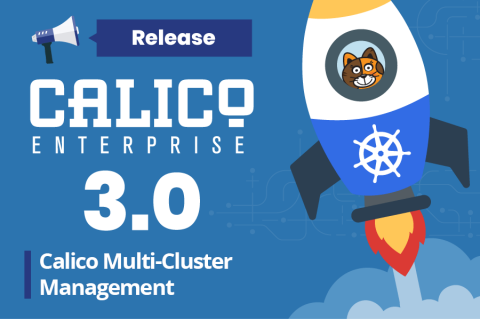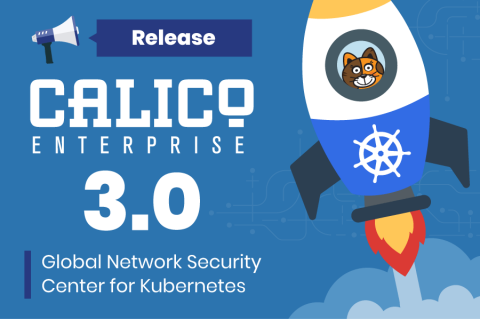Now GA: Data-in-Transit Encryption in Calico v3.15
We’re excited to announce that the latest release of Calico includes encryption for data-in-transit. Calico is the open source networking and network security solution for containers, virtual machines, and host-based workloads, offering connectivity and security for container workloads. One of Calico’s best-known security features is its implementation of Kubernetes Network Policy, providing a way to secure container workloads by restricting traffic to and from trusted sources.










